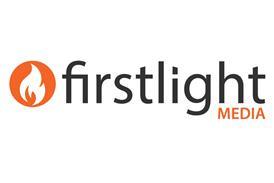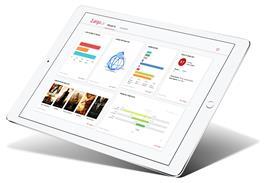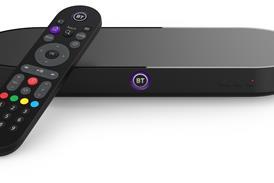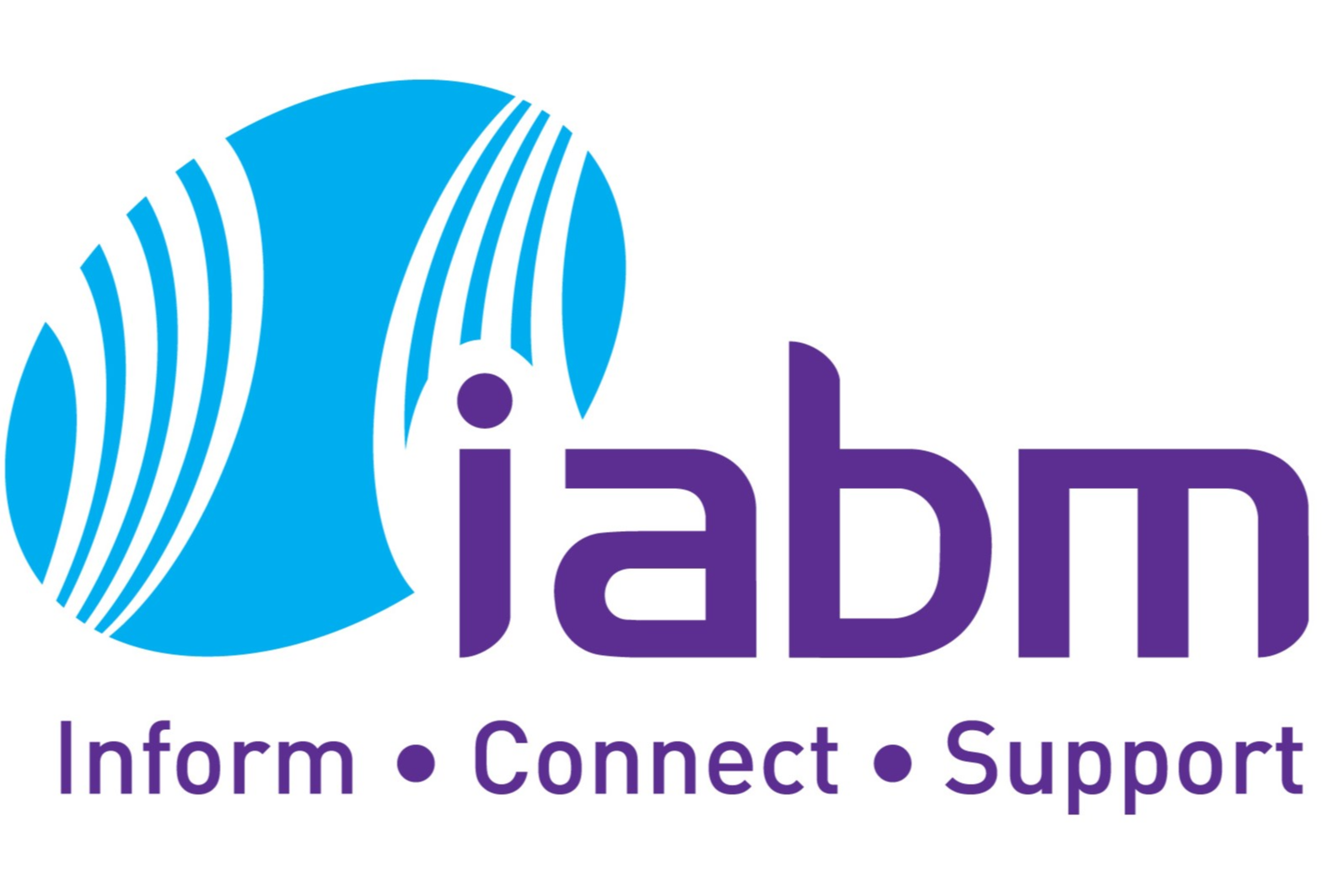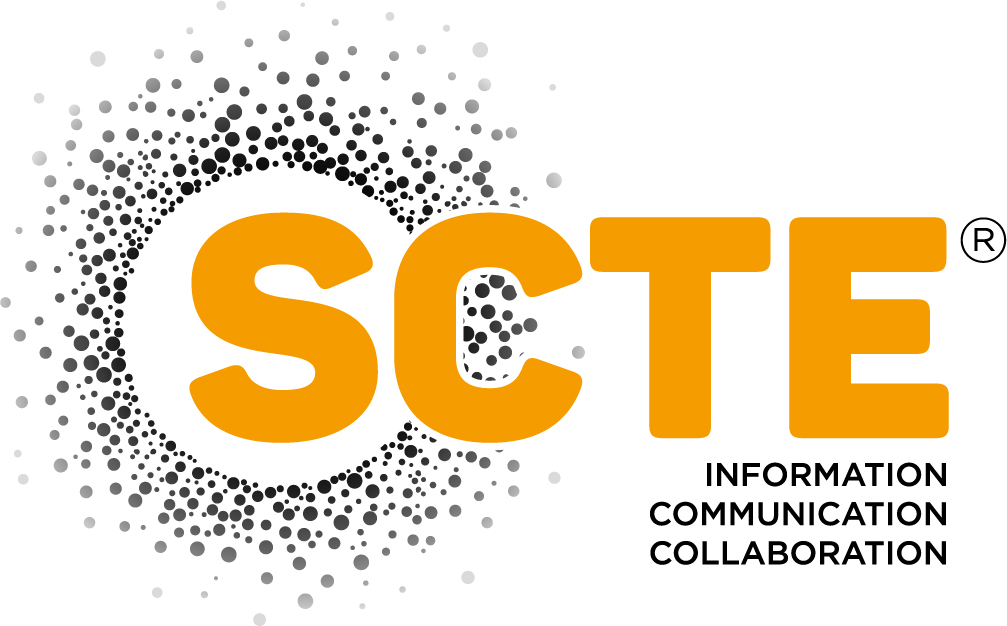IBC2023 Tech Papers: Efficient delivery of audiovisual content to mobile devices combining 5G Broadcast and CDN technologies

IBC2023: This Technical Paper provides a comprehensive overview of an extensive trial showing the potentialities of the cutting-edge combination of 5G Broadcast and CDN technologies for linear broadcast and broadband distribution
Abstract
The ‘5G Broadcast profile’ defined under the umbrella of 3GPP specifications, also known as FeMBMS, offers a new set of opportunities enabling innovative services and creating an impulse for advances of the entire media sector. Indeed, content providers and broadcast operators are actively involved in several worldwide research projects investigating to what extent 5G can represent the new paradigm in the media landscape for large-scale TV content delivery towards personal consumer devices. In this respect, the present paper aims at providing a comprehensive overview of an extensive trial showing the potentialities of the cutting-edge combination of 5G Broadcast and CDN technologies for linear broadcast and broadband distribution. The considered use cases refer to specific “Live Events”: TV contents, including live streams captured by means of a 5G remote production and VR360 content for full immersive experiences, are distributed via 5G Broadcast to handheld devices and vehicular infotainment systems, implementing seamless switching between broadcast and broadband delivery to offer an uninterrupted viewer experience.
Introduction
In the last decades, the rapid developments in the communication technologies landscape have led to the entry of new players in the crowded and competitive arena of digital media platforms. Indeed, the massive diffusion of devices such as smartphones, tablets, laptops, Virtual Reality (VR) devices, Augmented Reality (AR) glasses and other type of advanced end points capable of interacting with the TV set in an increasingly “smart” way, has driven the whole content industry’s ecosystem towards a more integrated, multimedia communication, able to accommodate the pervasive deployment of new value-added products and services, providing an improved and more immersive user experience. In the perspective to offer a plethora of the above services while reaching the largest number of end-users, media companies have started to focus on the cutting-edge technological opportunities offered by the 5G technology. Indeed, the new functionalities introduced in the broadcast/multicast profile of 3GPP Rel-14/16 [1],[2] also known as ‘5G Broadcast’ could really represent a game changer in the future of content delivery as they could offer a competitive edge for all the stakeholders involved in the media value chain: content/service providers, mobile network operators (MNO), manufacturers and broadcast network operators (BNO). 5G Broadcast enables content and service providers to offer free-to-air media services to mobile consumer devices at guaranteed Quality of Service (QoS) regardless of the number of simultaneous viewers and without affecting the regular cellular
5G mobile network, hence mitigating Content Delivery Network (CDN) costs for popular live content. From MNOs perspective, 5G Broadcast allows to achieve savings in network resources by dynamically using broadcast mode, more efficient than unicast, to deliver linear/live video traffic to large audiences. From manufacturer’s viewpoint, since limited hardware and firmware upgrades are required to enable 5G Broadcast functionalities in mobile terminals, this would mean new commercial challenges and market opportunities. 5G Broadcast mode is one of the most important enhancements defined in 3GPP Rel-14/16 standard: it is suitable to be used within conventional broadcast infrastructures and opens up to a commercial perspective for BNOs of new income from content providers for the distribution of services addressing terminals in mobility. The end-users could also benefit from reduced connection costs since they could receive TV services delivered by 5G Broadcast without consuming traffic from their monthly data plans and without the need of a contract with a specific operator. Also new consumer applications mainly targeting the automotive sector could take advantage of 5G Broadcast. As automobile manufacturers need safe and reliable communication systems to connect cars with devices, 5G Broadcast can help with over-the-air (OTA) real-time traffic and V2X delivery. Furthermore, it provides efficient delivery of public warnings messages such as urgent weather emergencies and community information [3]. Finally, in terms of energy consumption, broadcast technology is acknowledged as the most sustainable and environment-friendly alternative for the delivery of linear TV content, allowing the lowest CO2 emission. In Europe, for example, Digital Terrestrial Television (DTT) is an order of magnitude less impacting than Over-The-Top (OTT) and managed IPTV services [4].
The large number of tests and trials [5-7] that are being carried out around the world demonstrate that there are all the conditions for this technology to meet future content distribution needs.
The present paper provides a comprehensive overview of an extensive 5G Broadcast deployment in Italy, covering Turin and Palermo cities with High Power High Tower (HPHT) transmitters in the Supplemental Downlink (SDL) 700 MHz frequency band, integrated with CDN distribution, deploying hybrid 5G Broadcast/Broadband services in the framework of the National project ‘5G Audiovisivo 2022’ promoted and funded by the Ministry of Enterprises and Made in Italy1 and co-ordinated by Rai Way.
Read the full article
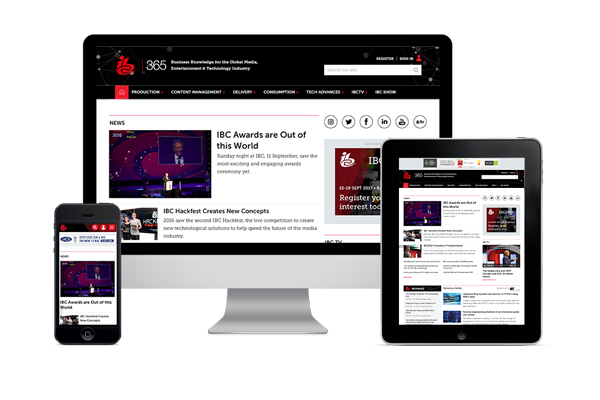
Sign up to IBC365 for free
Sign up for FREE access to the latest industry trends, videos, thought leadership articles, executive interviews, behind the scenes exclusives and more!
Already have a login? SIGN IN




